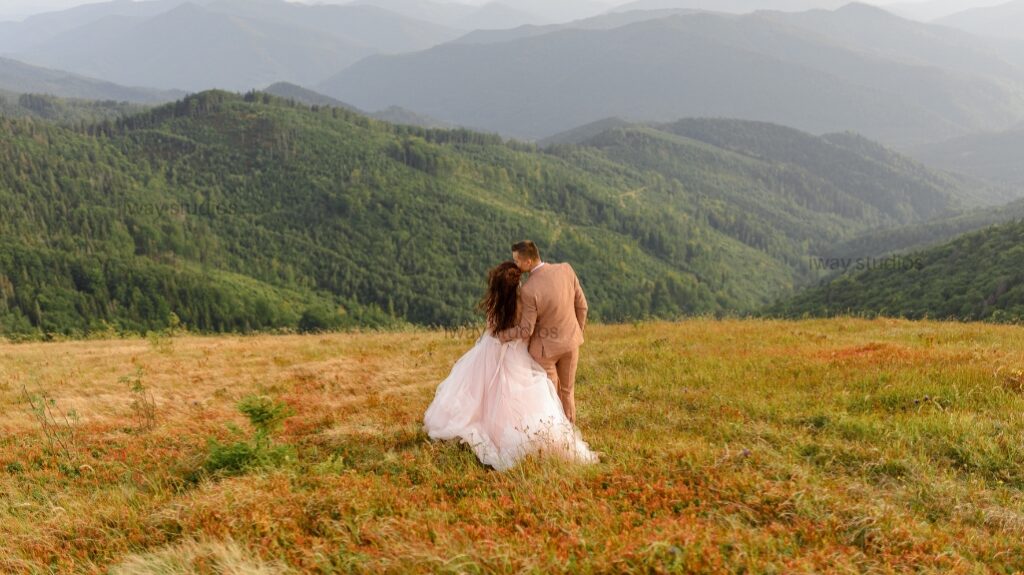The Ultimate Guide To Wedding Photography is an art that immortalizes one of the most significant moments in a couple’s life. It requires technical skills, creativity, and excellent interpersonal abilities. This comprehensive guide will help you master various techniques and tips for taking stunning wedding photos.
Preparing for the Big Day
Communication is Key
To ensure a successful photoshoot, the photographer should start by establishing strong communication and understanding the couple’s preferences, expectations, and specific requests. A detailed timeline including all the key events throughout the day such as the ceremony and reception should be created to stay on track. This approach fosters preparedness and ensures both parties are aligned.

Scouting Locations
The happy couple should consider visiting the wedding venues beforehand to become familiar with the lighting conditions, layout, and potential obstacles. It’s also a good idea to spot picturesque areas for group photos and portraits in advance. By doing so, they can plan their shots thoroughly and avoid any unpleasant surprises on the big day.
Gear Check
Before you head out to take photographs, it is crucial to make sure that your equipment is in excellent working condition. It’s always smart to have backup gear available as well. In general, when going on a shoot, it’s recommended that you have two camera bodies with different lenses and a handful of memory cards. Be prepared with extra batteries and an external flash too! And finally, don’t forget about the little things; investing in comfortable camera straps
Mastering the Techniques
Composition and Framing
To take visually appealing pictures, applying the rule of thirds can help. You can also add some variety and depth to your photos by trying different angles and perspectives like shooting from a low angle during a ceremony or capturing candid moments at a distance with a telephoto lens.
Lighting
When it comes to capturing stunning wedding moments, natural light serves as the perfect companion for photographers. Nevertheless, a few situations may demand working with artificial studio lighting as well. In such cases, employing an external flash serenades best in filling shadows and reflecting off walls or ceilings for better photos. More so, feel free to experiment with light and shade to create spellbinding images that evoke drama and moodiness.
Depth of Field
To bring attention to the subject and add depth to images, one can manipulate the depth of field. For portrait sessions, a wide aperture will create a shallow depth of field and isolate the couple from the background. Conversely, for group shots or landscapes, using a smaller aperture can capture the entire scene in focus.
Capturing Candid Moments
Throughout the day, be alert and prepared to capture those unexpected emotional moments. Keep an eye out for important events such as the first look, exchange of vows and the first dance. Additionally, observe interactions between guests and the couple as they can lead to heartwarming images that will preserve memories forever.
Essential Tips for Success
Posing
The photographer can guide the couple and their guests in posing for portraits. They can suggest gentle ideas and encourage natural interactions that make for authentic and relaxed images. For instance, they may ask the couple to whisper something sweet in each other’s ear or have the bridal party walk towards them while laughing naturally.
Backup Everything
Backing up photos regularly throughout the day is a secure way to prevent data loss. One can consider investing in multiple memory cards and swap them out after every event or use a camera with dual-card slots for added protection.
Be Unobtrusive
To capture natural moments without disrupting the occasion, it’s best to blend in and avoid calling attention to yourself. Make sure to dress appropriately and move quietly, especially during crucial parts like the ceremony and speeches.
Post-Processing
To create a consistent style and enhance the quality of your photos, it’s crucial to allocate time for post-processing. This includes adjusting exposure, contrast, and white balance to produce visually appealing results. Streamline your editing process by experimenting with presets or developing your own unique style.
In summary, becoming proficient at photography involves careful planning, technical abilities, and an intuitive sense for capturing emotions. By following the tips and techniques provided in this guidebook, photographers can produce remarkable images that newlyweds will cherish forever. As with any craft, practice is integral to mastery; therefore, continuously develop your abilities and explore diverse perspectives to mold a distinct style.